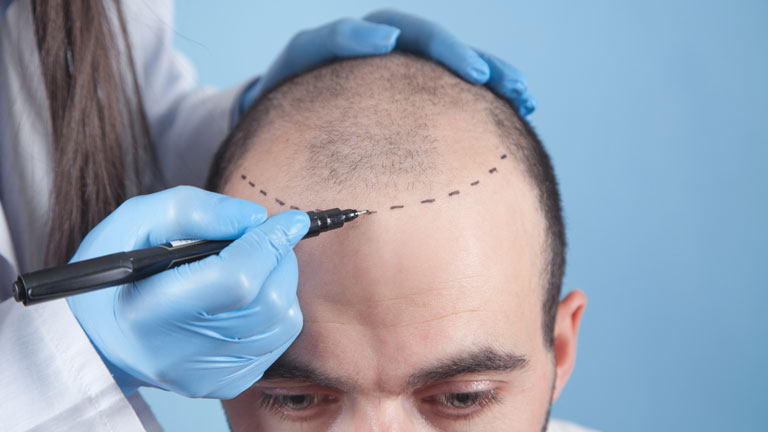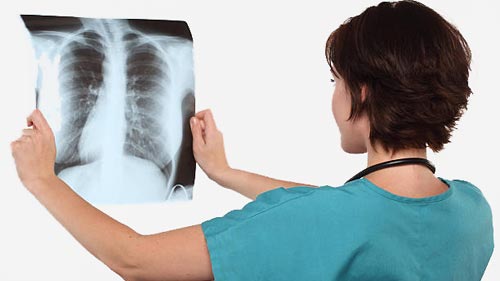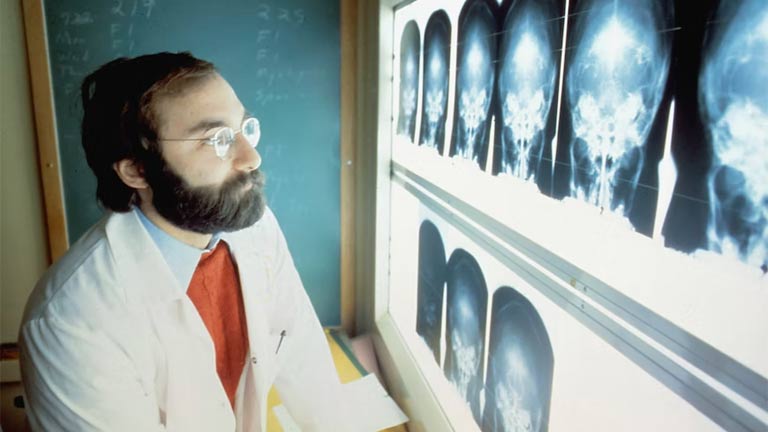
Hair Transplantation is a type of surgery in which existing hair is transferred to fill in regions where there is scant or no hair. Doctors in the United States have been doing these transplants since the 1950s. However, procedures have greatly improved in recent years.
Hair transplantation is a less intrusive procedure for men and women who are losing their hair. Hair follicles are transplanted from one part of the head to another that is bald or thinning, termed the recipient area.
Hair transplant surgery is a reasonably safe procedure with minimal risks. Because it is a cosmetic operation, problems may have an influence on the patient’s social and psychological well-being. Every hair transplant surgeon in a hair restoration clinic informs the clients of the potential issues, as well as ways for preventing and managing them.
Common Features after Hair Transplantation:
Transplants also include inherent complications which are normal. It includes bleeding as well as infection. Scarring and the artificial appearance of new hair growth are other possibilities.
The extent of the procedure determines how you feel afterward. Following the surgery, you will have bruising and swelling on your head. You can also feel possible numbness, pain, throbbing, and discomfort. There will be a tight feeling on the scalp. Due to having bandages, you will also feel a little bit of pressure for one or two days. These are very common phenomena just after hair transplantation surgery.
It is unavoidable to have some transitory numbness. It is most felt around the donor site or graft sites. It usually lasts three to eighteen weeks. It is, however, rarely bothersome, or long-lasting.
Complications
Several factors influence the degree of scarring in the area where hair is removed from the back and sides of a patient’s head. The capacity of the patient to heal, the expertise of the surgeon performing the transplant, and the procedure employed. FUT operations will leave a tiny linear scar, whereas FUE procedures will leave several small circular scars. Any facility that claims to offer a scar-free operation should be approached with skepticism. Human skin cannot be cut without creating a scar since this is how the human body heals.
A typical consequence is a pain during and after the operation. This ache is felt by almost everyone. Painkillers and suitable surgical methods can readily control this condition. However, there will be certain age-related limits on the use of painkillers. Extensive sessions with wide strips, hemorrhage, wound aggravation, and insufficient anesthetic is all causes of discomfort. If the pain is significant for whatever reason, you should consult a doctor right once.
Both receivers and donors can develop local infections. Low and severe infections are uncommon, which might be related to inadequate cleanliness, extensive crust development, or pre-existing medical concerns.
Precautions after Hair transplantation:
Do not wash your hair for the first 48 hours following your hair transplant treatment. You can wash your hair lightly on the third day following treatment. Instead, rinse the shampoo out of your hair using a cup. Hair washing is one of the most essential factors that might influence the outcome of hair replacement. If you do not clean according to the advice, you will get an infection. Your doctor will instruct you on how and what shampoo to use.
It is critical to sleep with your head lifted and elevated for the first seven days following therapy to avoid the danger of edema. Some patients discover that sleeping with their heads raised high is all they require for a few days. However, keep in mind that not everyone experiences swelling after receiving a hair implant. There is no reason why you should be unable to sleep normally if you do not feel any pressure around your brow.
Persons over the age of 40, on the other hand, should use special caution. It’s also a good idea to keep an eye on your heart rate and blood pressure throughout surgery, especially if you’re getting anesthesia.
After the procedure, live a relaxed lifestyle and avoid straining for at least three weeks. Avoid unclean and dusty places for the first week, since they might be a cause of infection. Use the antibiotics that your doctor prescribed. Maintain the cleanliness of the operational areas and their surroundings. For at least two weeks after surgery, do not smoke or consume any alcohol.




